| Attribute | Value |
|---|---|
| Brand | AB Regin |
| Model | TT-S6/D |
| Alternate Model | TTS611 |
| Supply Voltage | 24V AC |
| Input/Output | 0…10V DC |
| Inverter Input | 10…2V |
| Inverter Output | 0…10V |
| Country of Origin | Sweden |
| Weight | 280 gm |
| Reference No | 72560 |
What is Regin TT-S6/D Step Controller?
Regin TT-S6/D is a step controller for multi-stage heating or cooling systems. It functions at a high level, with guaranteed reliability and ease of integration. The device is able to provide efficient and smooth distribution of heating or cooling loads throughout the system, resulting in energy consumption reduction and maintaining consistent temperature levels.
Key Features of Regin TT-S6/D
Multi-Stage Control: It can handle multiple steps in heating and cooling systems, thereby ensuring smooth running and minimal energy waste.
User-Friendly Interface: The device comes with an intuitive interface that makes it easy to configure and monitor.
Automatic Load Balancing: Helps distribute the workload evenly among different stages, thus preventing overuse of any particular unit.
Compact Design: The compact structure allows easy installation in various HVAC setups.
High Compatibility: It can be integrated with various types of HVAC systems and controllers.
Energy Efficiency: Optimizing heating and cooling stages helps to reduce operational costs.
Applications of Regin TT-S6/D Step Controller
The TT-S6/D is used in many applications where multi-stage control is required. A few of them are as follows:
HVAC Systems: The ideal application of the TT-S6/D would be in controlling multi-stage heating and cooling for commercial and industrial buildings.
Heat Pumps: This ensures efficient transition between various stages of heating or cooling.
Electric Heating Systems: This system enables a smooth transition between the various heating stages and avoids power spikes.
Ventilation Systems: Controls air handling units to maintain excellent indoor air quality.
Advantages of Regin TT-S6/D
1. Better System Efficiency
With proper load distribution, the step controller minimizes unnecessary power usage, thereby maximizing the overall system efficiency.
2. Increased Lifespan of Equipment
Since the load is distributed over different stages, each component has to bear less stress and strain, thus having a longer life during operation.
3. Cost Reduction
With effective energy management, electricity bills are reduced substantially by the companies.
4. Consistent Temperature Control
The step controller helps maintain a consistent temperature, ensuring comfort in residential and commercial spaces.
5. Easy Installation and Maintenance
Its compact design and easy user interface make installation a simple task, and automatic load balancing minimizes the need for constant adjustments.

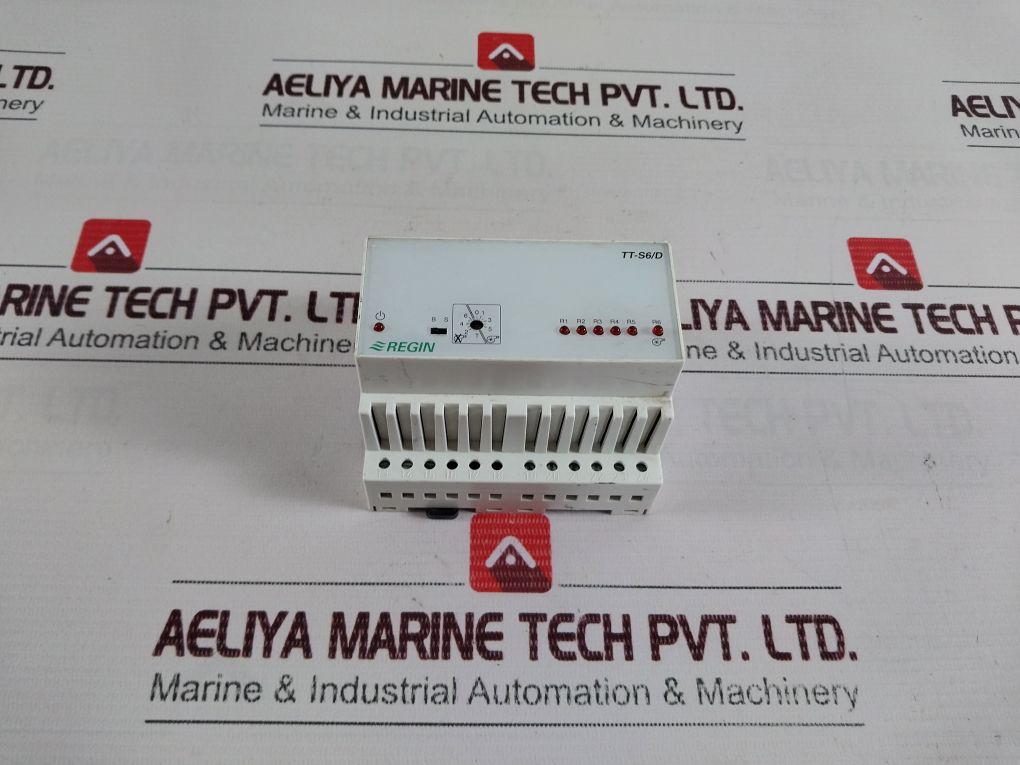
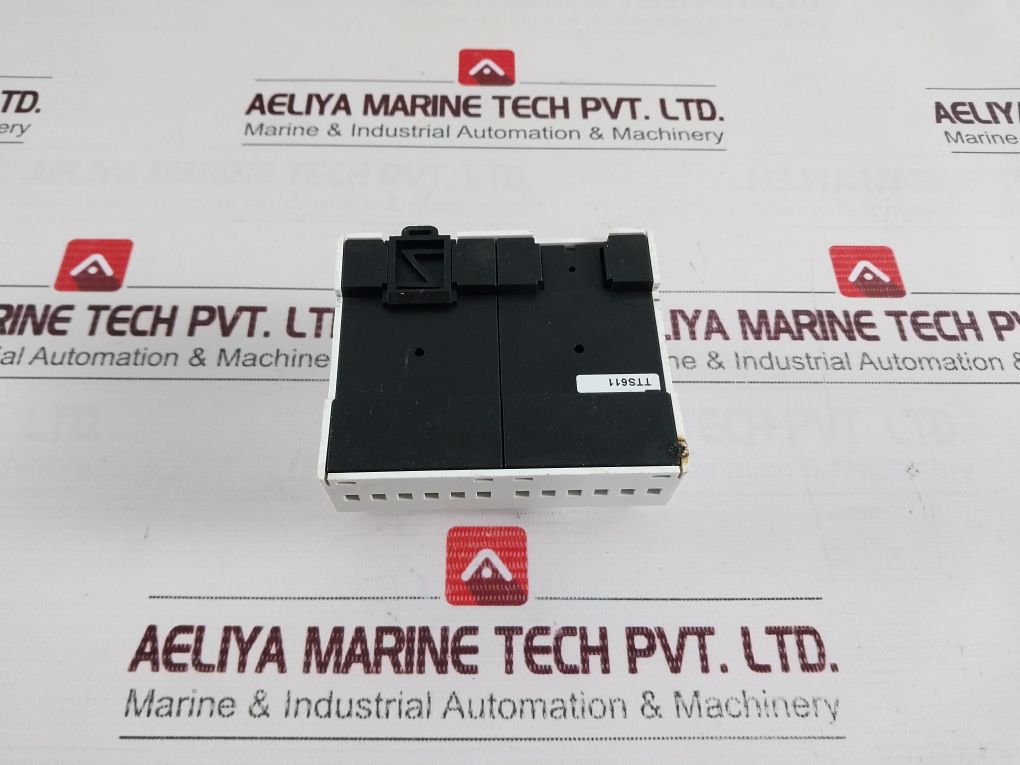
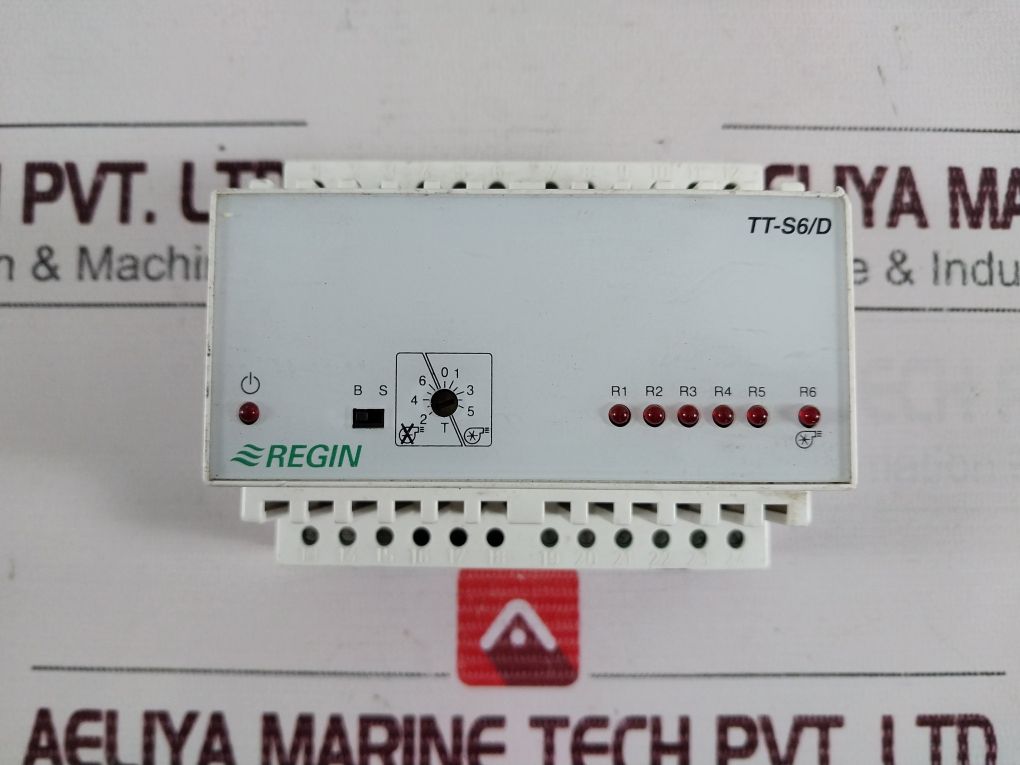
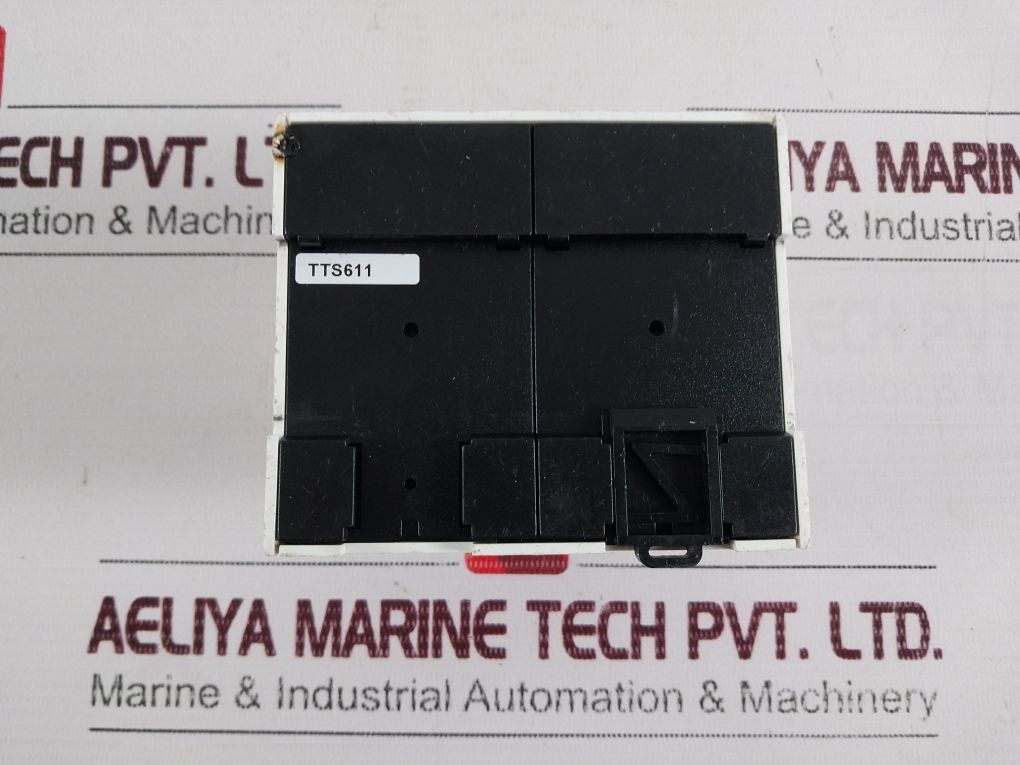
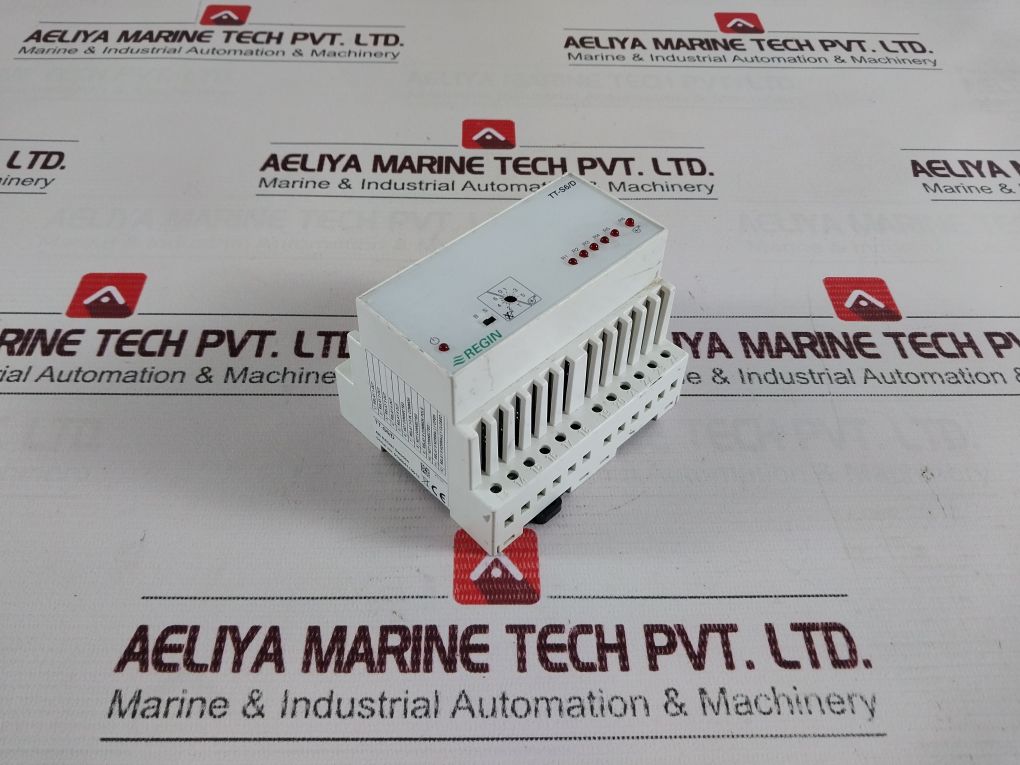
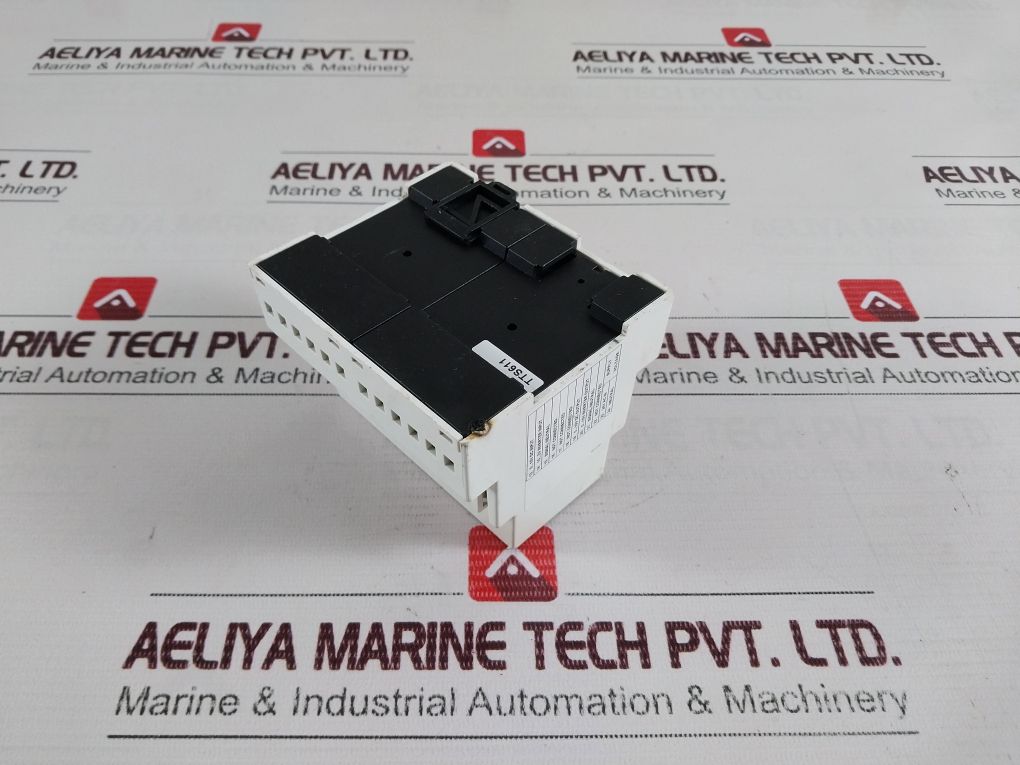
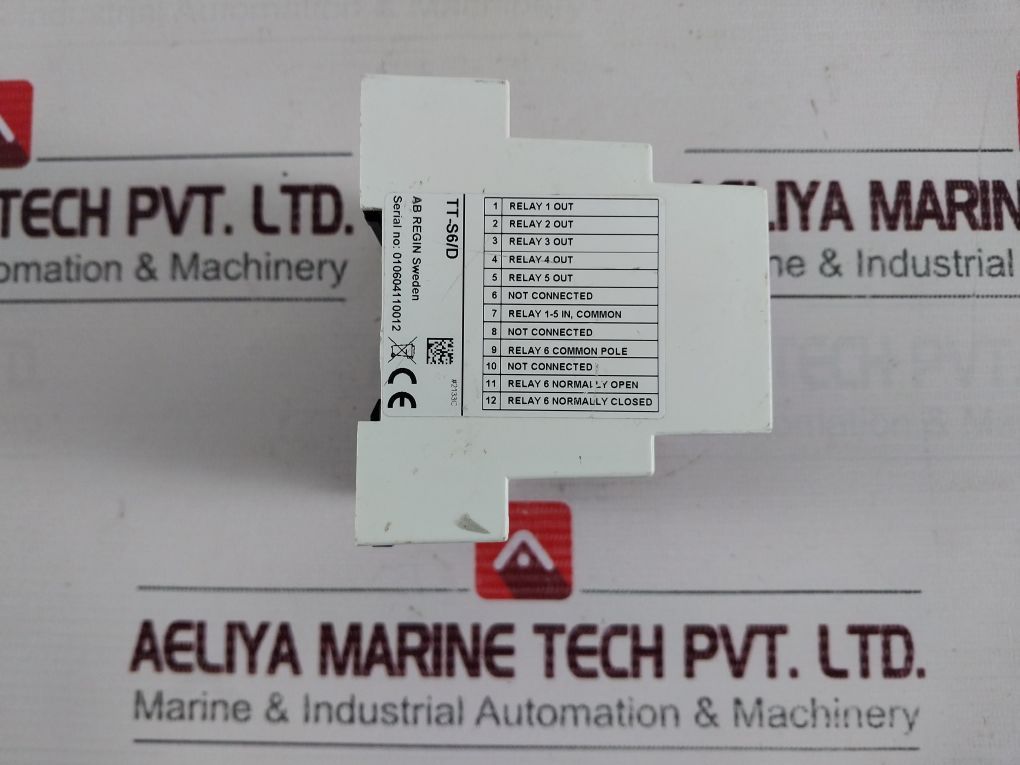

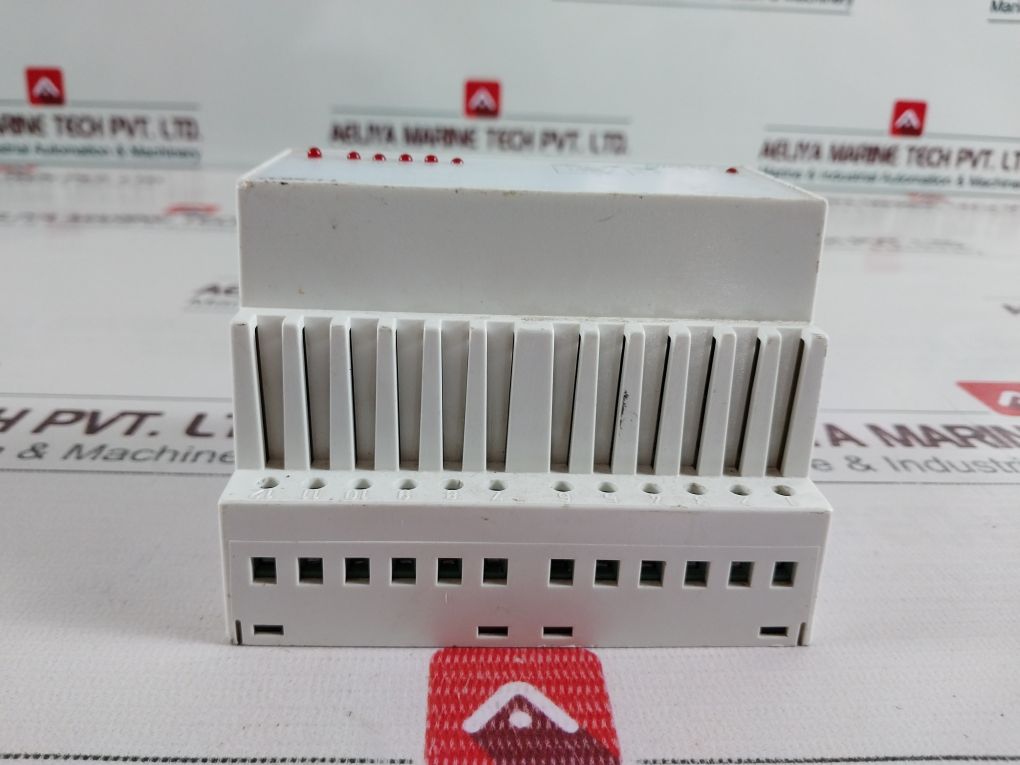
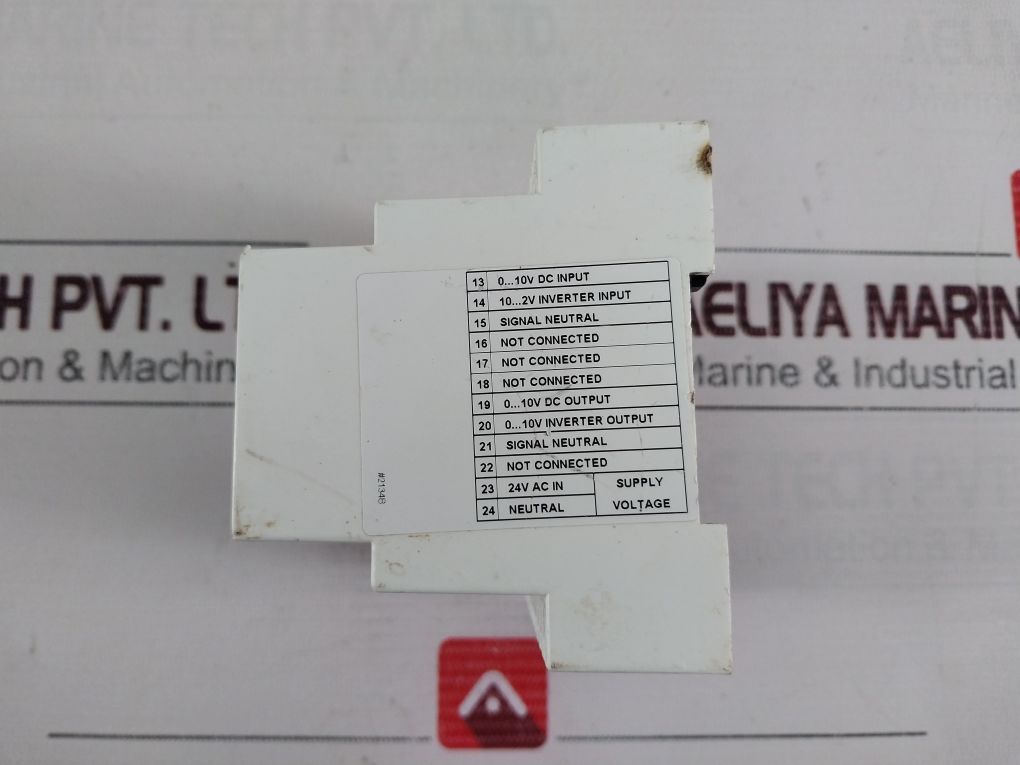
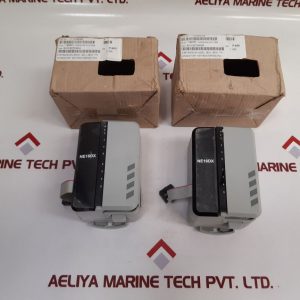
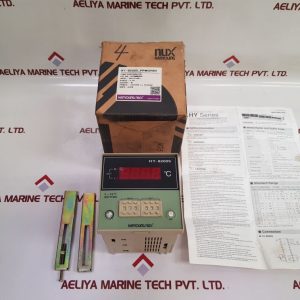
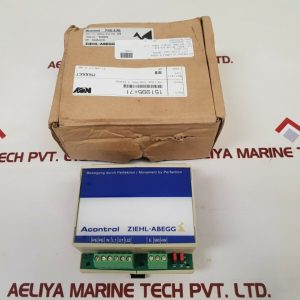
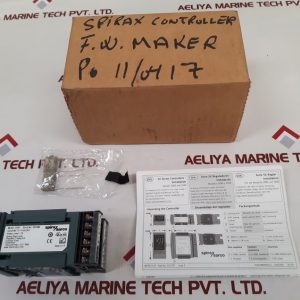
Reviews
There are no reviews yet.